Japanese culture is steeped in tradition and renowned for its intricate games that challenge the mind and provide hours of entertainment. Japanese board games offer a unique blend of strategy, skill, and tradition, making them a favorite pastime for people of all ages. In this article, we’ll delve into the world of Japanese board games, exploring the top 10 games, how to play them, and their cultural significance.
The Top 10 Japanese Board Games
1. Go (碁 or 囲碁)
No. of Participants: 2
How to Play: Go is a two-player strategy game played on a grid. The objective is to capture your opponent’s stones or secure territory. Players take turns placing their stones on the intersections of the lines. The game continues until both players agree that no more moves can be made.
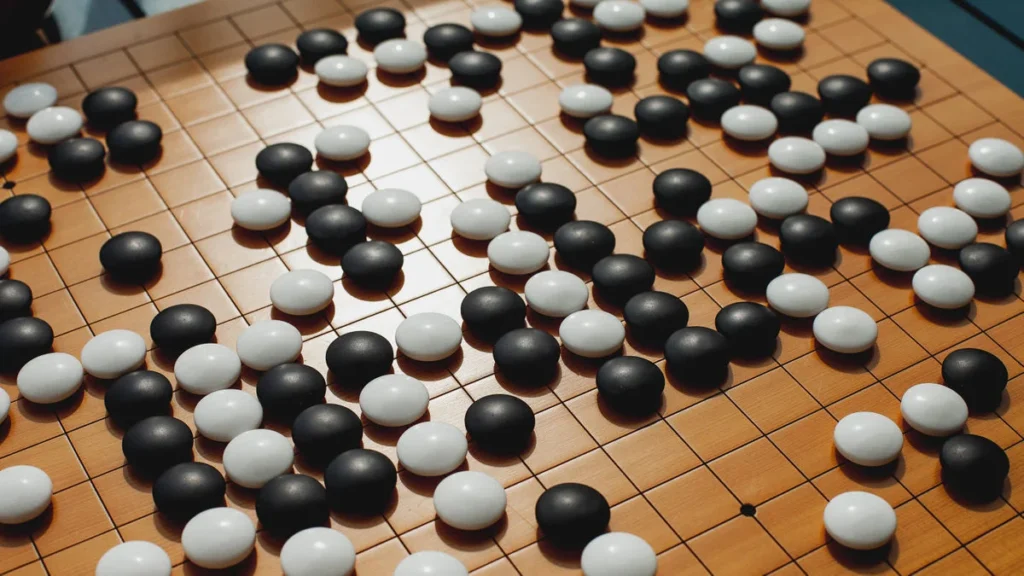
Go, also known as Igo, is a centuries-old classic and one of the most famous Japanese board games. Its deep strategy and elegant simplicity have made it a favorite among enthusiasts worldwide. Go is often compared to a battle where players strategically place their stones to claim territory while trying to encircle and capture their opponent’s stones. The game is known for its endless complexity, with more possible board configurations than there are atoms in the observable universe. It’s a game that rewards patience, foresight, and adaptability.
2. Shogi (将棋)
No. of Participants: 2
How to Play: Shogi is often compared to chess. Each player has an army with different types of pieces, and the goal is to checkmate the opponent’s king. Pieces captured from the opponent can be reintroduced into the game under the capturing player’s control.
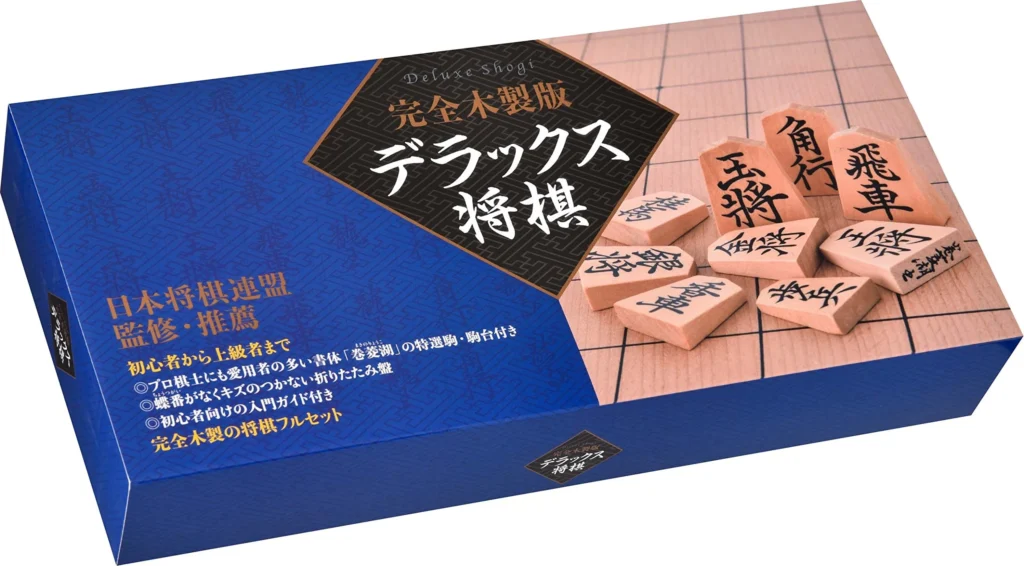
Shogi, also called Japanese chess, is a traditional game that demands strategic thinking and has a rich cultural history. Each player commands an army with a king, rooks, knights, and other pieces, each with unique movement rules. The game’s complexity is enhanced by the “drop rule,” allowing players to bring captured pieces back into play. Shogi is as much about outmaneuvering your opponent as it is about positioning your pieces for a decisive victory.
3. Mahjong (麻雀)
No. of Participants: 4
How to Play: Mahjong is a tile-based game where players aim to create specific combinations of tiles. It’s a game of skill, strategy, and a bit of luck. Players take turns drawing and discarding tiles in an effort to complete their hand.
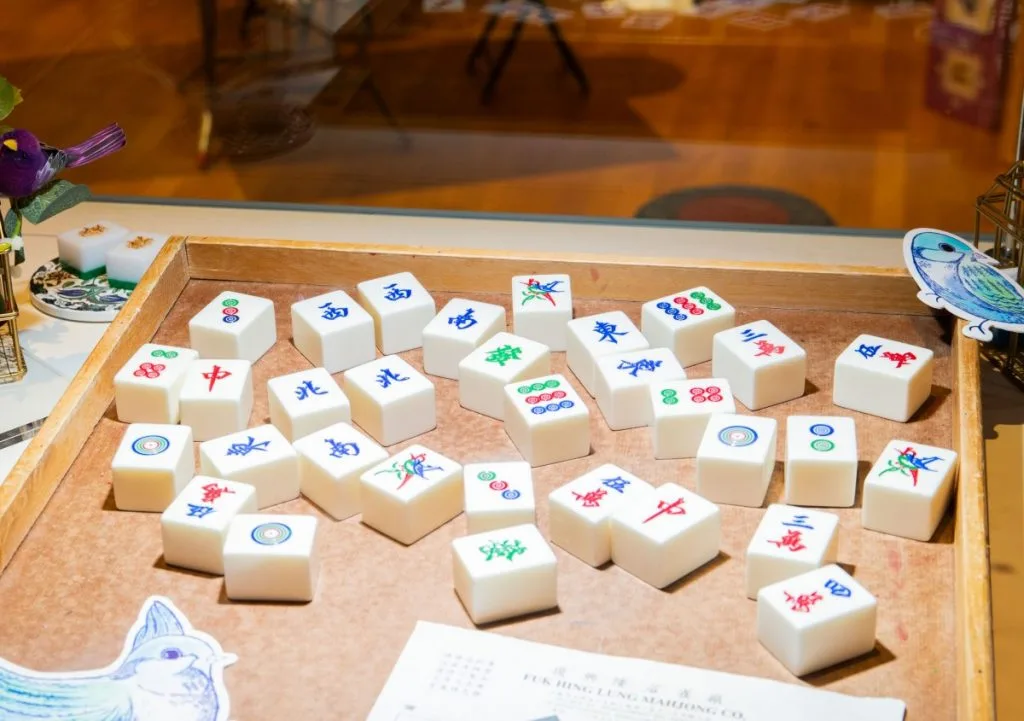
Mahjong, while originating in China, is immensely popular in Japan and has Japanese variations. It’s a social game often played with family and friends. Mahjong requires a keen eye for patterns and sequences, as well as a strategic approach to building your hand while disrupting your opponents’ plans. The game is played with a set of beautifully designed tiles, each with its own symbolism and significance.
4. Hanafuda (花札)
No. of Participants: 2 or more
How to Play: Hanafuda is a card game where players match cards with images of flowers. It’s a game of memory and strategy. The deck consists of 48 cards, divided into 12 suits, each representing a month of the year.
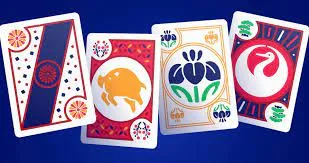
Hanafuda cards are beautifully illustrated with seasonal flowers and motifs, making it a visually appealing game deeply connected to Japanese culture. The game often involves creating specific combinations of cards to score points. Hanafuda has a nostalgic charm, and many Japanese families have fond memories of playing it during gatherings and celebrations.
5. Karuta (かるた)
No. of Participants: 2 or more
How to Play: Karuta is a card game where players must quickly identify and grab specific cards based on spoken clues. The game is typically played with two sets of cards: one with poems (Yomifuda) and the other with corresponding verses (Torifuda).
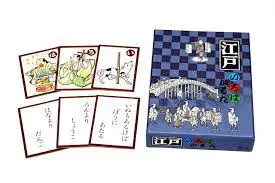
It’s often played with traditional “Uta-garuta” cards featuring classical Japanese poetry. Karuta is a test of reflexes and knowledge of poetry. The game involves a reader (usually a referee) who recites the first lines of the poems, and players must identify and grab the corresponding card from the arrangement of cards spread out in front of them. The lightning-fast reactions required to excel at Karuta make it an exciting and challenging game.
6. Othello (オセロ)
No. of Participants: 2
How to Play: Othello is a two-player strategy game where players aim to convert their opponent’s pieces by trapping them between their own pieces. The game starts with a 4×4 grid, and players take turns placing their colored discs on it.
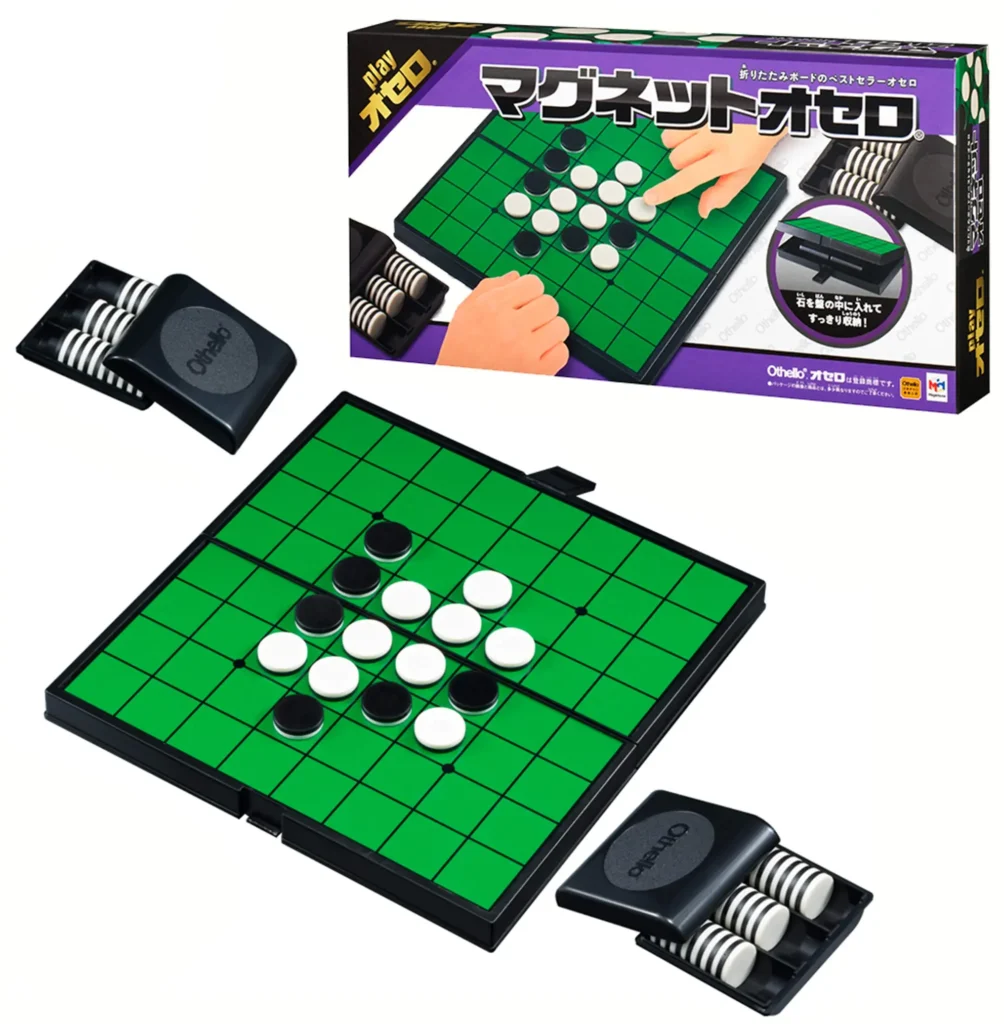
While Othello has international origins, it’s widely played in Japan and known for its straightforward rules and intense strategy. Othello offers a unique blend of simplicity and depth, making it a perfect introduction to strategic board games. Players must anticipate their opponent’s moves while planning their own, making each match a dynamic and engaging experience.
7. Sugoroku (双六)
No. of Participants: 2 or more
How to Play: Sugoroku is a traditional Japanese board game similar to backgammon. Players move their pieces along a board based on dice rolls. The game can be played with various types of boards, including historical and modern themes.
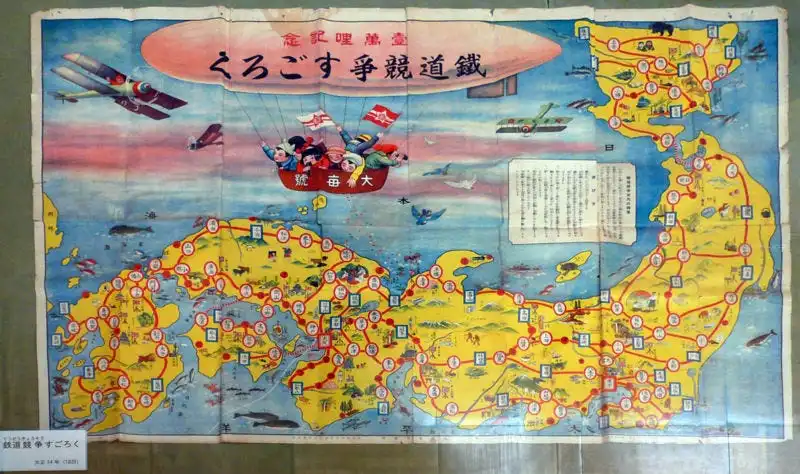
Sugoroku has a rich history and was once considered a form of gambling. It’s a game of chance and strategy, where players must decide how to move their pieces based on dice outcomes. The game often comes with themes and variations that add cultural and historical depth to the experience.
8. Koi-Koi (こいこい)
No. of Participants: 2
How to Play: Koi-Koi is a card game played with Hanafuda cards. Players aim to create specific card combinations and score points. The game is typically played in rounds, and the goal is to reach a set point total before your opponent.
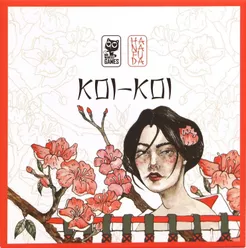
Koi-Koi is a fun and engaging game often played during the Japanese New Year’s holiday and other festive occasions. It’s a game of strategy and luck, where players must decide when to “call” certain combinations to score points. The game’s name, “Koi-Koi,” even has a romantic origin, as it means “come quickly,” reflecting the anticipation and excitement of the game.
9. Reversi (リバーシ)
No. of Participants: 2
How to Play: Reversi, also known as Othello, is a strategy game where players take turns placing their colored discs on the board. The objective is to have the majority of your color at the end. When a player places a disc, any opponent discs trapped between the new disc and another of the player’s discs are flipped to the player’s color.
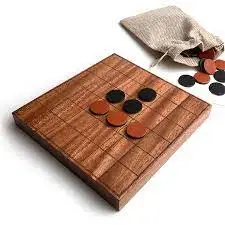
Reversi is easy to learn but offers deep strategic possibilities, making it a favorite for players looking for a quick yet challenging game. The game can shift rapidly as players seek to control the board’s central squares while avoiding being outmaneuvered by their opponent.
10. Irensei (連珠)
No. of Participants: 2
How to Play: Irensei is a two-player abstract strategy game played on a gridded board. Players aim to connect five of their pieces in a row either horizontally, vertically, or diagonally.
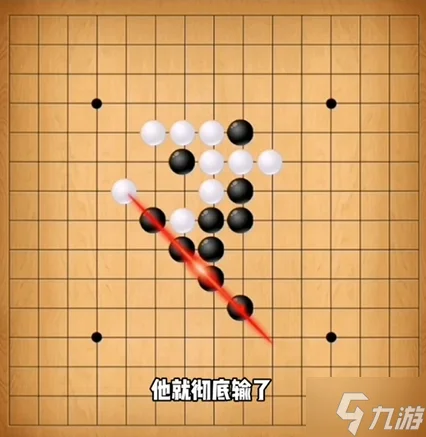
Irensei is known for its simplicity and depth, making it a beloved game for those who appreciate strategy and tactics. The game involves players strategically placing their pieces on the board to form connections while blocking their opponent’s attempts. Each move requires careful consideration of both offense and defense.
The Cultural Significance
Japanese board games are more than just sources of entertainment; they reflect the country’s rich cultural heritage. These games often emphasize values like strategy, honor, and the importance of tradition. They also serve as a bridge between generations, with grandparents passing down the rules and strategies to their grandchildren.
In addition to providing entertainment, Japanese board games are excellent tools for learning about the culture and history of Japan. The symbolism, design, and storytelling aspects of these games offer valuable insights into the country’s traditions.
Conclusion
Japanese board games are a testament to the country’s love for strategy, tradition, and shared experiences. Whether you’re challenging a friend to a game of Go or enjoying the colorful Hanafuda cards, these games offer not only entertainment but also a glimpse into Japan’s cultural richness.
So, gather your friends and family, pick up a game, and immerse yourself in the world of Japanese board games. You’ll discover the joy of strategy, the beauty of tradition, and the bonds of shared experiences that these games bring to life.





Leave a Reply